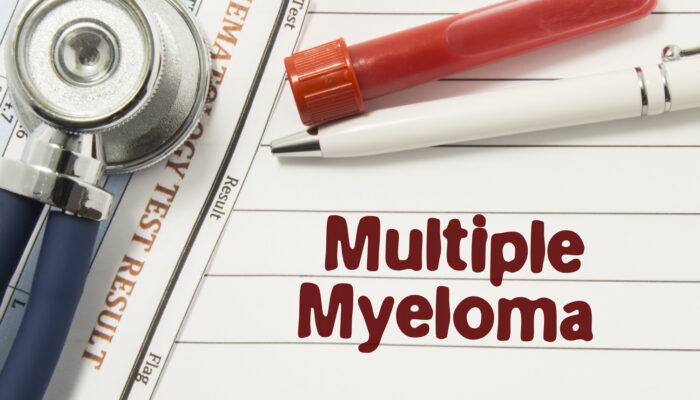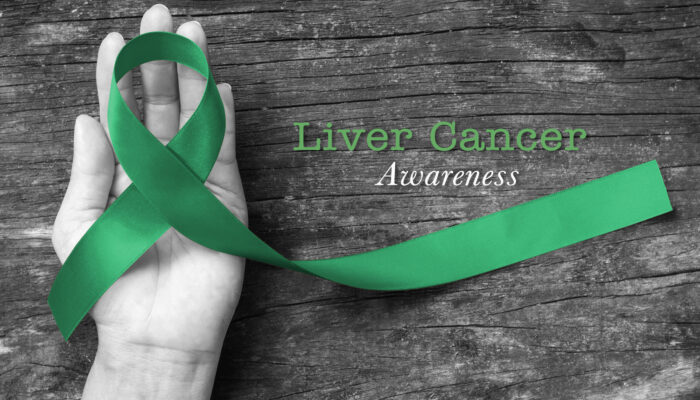
Causes, symptoms, and treatment of gallstones
Let’s first try to understand what gallstones are. Unlike what many people think and believe it to be, they are not really stones, but gallstones are actually stone-like hardened deposits or objects of the digestive fluid which form in the gallbladder. Gallstones may range in their size and also on how many a person may develop; they can range from as large as a golf ball to as tiny as a grain of sand. Some people may develop just one gallstone while others may develop many.
Depending on the severity and symptoms, people may or may not need treatment for gallstones. Treatment options can vary from taking medication to dissolve the gallstones or surgery to remove the gallbladder itself.
The gallbladder is an organ that is small in shape, resembling a pear. Anatomically it is located on the right side of the abdomen under the liver. The primary function of the gallbladder is to hold, store and release the digestive fluid called bile, which is produced by the liver into the intestine for digestion purposes.
Bile helps in the digestion of fats present in the food we eat, particularly fatty foods. As a result, bile is made up of many substances, which include cholesterol and bilirubin.
Although it is not clear what exactly causes gallstones, doctors are of the opinion and think that gallstones may result when:
- The bile contains elevated levels of bilirubin. Bilirubin is the chemical produced when the body breaks down red blood cells, when certain factors cause the liver to make too much bilirubin, this excess may contribute to the formation of gallstones.
- The bile contains elevated levels of cholesterol. Under a normal circumstance, the bile contains adequate amounts of chemicals for dissolving the cholesterol which the liver excretes. However, under certain conditions, the liver ends up excreting a little too much cholesterol than what the bile is able to dissolve. This excess cholesterol may eventually form into stones.
- Or it may be that the gallbladder doesn’t empty correctly. Some times when the gallbladder fails to empty the bile completely, the bile present may become more concentrated. This can also contribute to the formation of gallstones.
When talking about the symptoms, gallstones can sometimes cause no signs or symptoms, because of which people may fail to identify it. Hence gallstones are also known as silent stones. But in other conditions, the symptoms may include:
- An abrupt pain that is intense in the center of the abdomen.
- A sudden pain that is rapid, on the upper right portion of the abdomen.
- Pain on the right shoulder.
- Pain on the back in between the shoulder blades.
- Vomiting and nausea.
- Appearance of the skin turning yellow.
- Fever.
Depending on the severity and pain experienced by the patient, the doctor may recommend the below treatment options:
- Surgery : The doctor may recommend the complete removal of the gallbladder through surgery.
- Medications : In certain other cases, the doctor may recommend medications to be taken by mouth to dissolve the gallstones.



